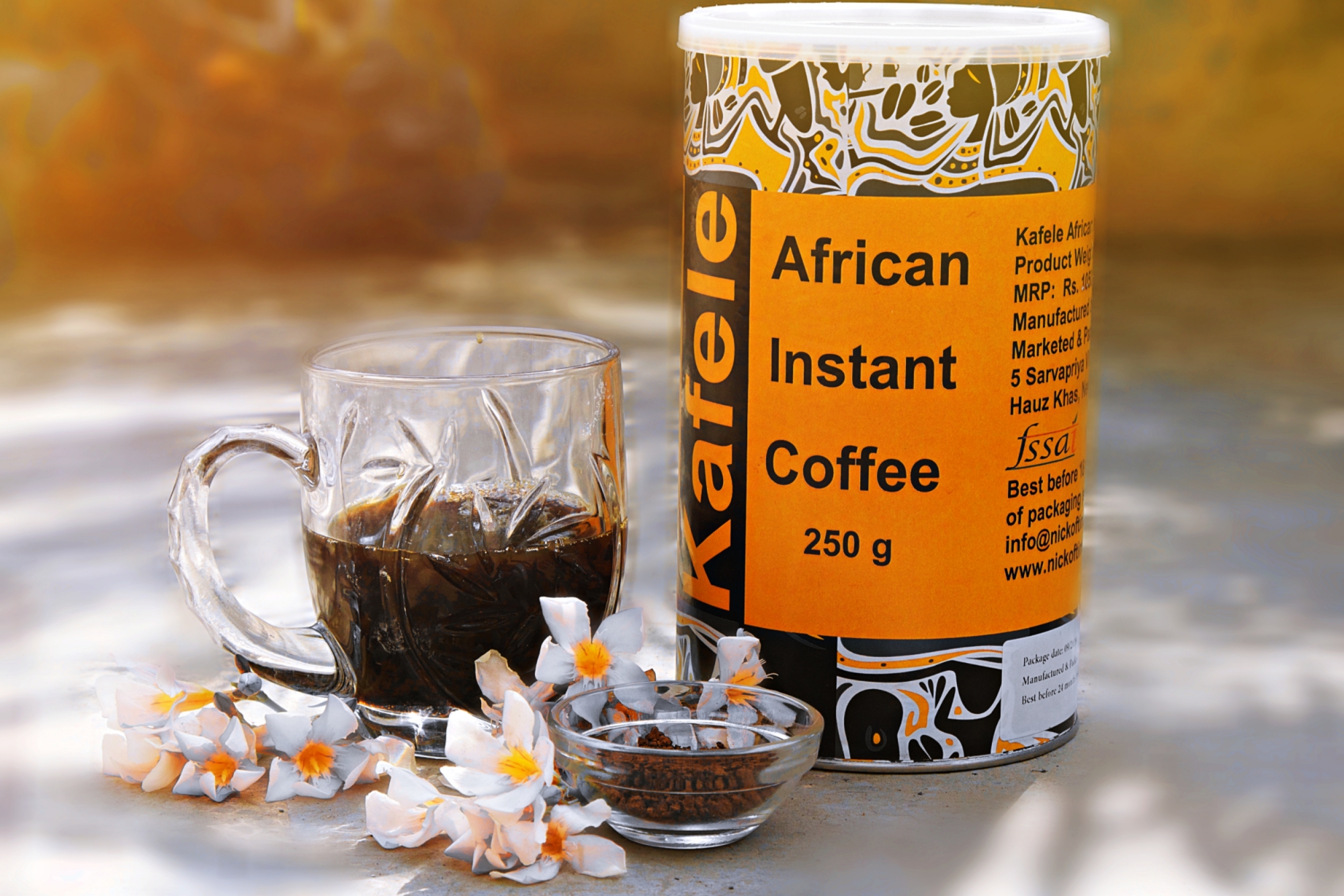Indoor DIY Projects, Protecting Your Lungs, and Air Quality
We may not be aware but, indoor air is sometimes more polluted than the outdoors. From mildew, dust, mold, to furniture paint, indoor air pollutants vary widely with different substances. Which leads to indoor air pollution! Air quality ‘greatly’ affects lung function, and even the simplest activities contribute to the damage. Therefore, today we will speak about common DIY projects, and how they may affect your health. We will also share a few tips on how you may improve indoor air quality to protect yourself from respiratory infections.

Table of Contents
Protection While Painting Chairs
One of the most common tasks that involve dealing with VOC is indoor furniture painting. As much as, it’s fun to repaint old chairs to give them a new look, it’s advisable you use a dust mask to avoid direct contact with the volatile organic compounds. Irrespective of whether you are using a paintbrush or a spray, the chemicals are bound to affect eyes, throat, and even lungs.
Make Natural Pesticides to Deal with Insects
Pesticides and insecticides infused with chemicals are harmful to our health. To promote wellness, create natural pesticides at home which effectively deal with insects on a daily basis. Using a natural insecticide improves air quality and keeps bugs out of your way.
Making Your Own Planter For A Houseplant
Houseplants improve indoor air quality and are a breath of fresh air. Even though, more often than not, it’s the planters that are more expensive than the plants. Luckily, a DIY option will get your stylish planters ready in under sixty minutes. From converting egg cups into chic planters to using old gummy boots, there are plenty of ways to create smart planters. Although it’s when you paint the planters and implant the soil, is when you interact with organic pollutants. Soils also contain chemicals and heavy metals that negatively impact health. To minimize the harm, put on a dust mask and wear hand gloves before soiling or painting. You may also want to conduct these acts near an open window to encourage seamless ventilation.
Which Chemicals are Safe to Use Indoors
The most common indoor toxins today are the VOC’s, pesticides, chloroform, fungal toxins, dioxins, and heavy metals. Wall paint, furniture dust, and pesticides may impact indoor air quality drastically. However, as long as you use dust masks and eye protection during the process, you are partially safe against health hazards. Whether you are tracking contaminated microbes or household surfaces slumping with termiticides, using masks and eye protection is the best way to avoid direct contact with the dust particles.



